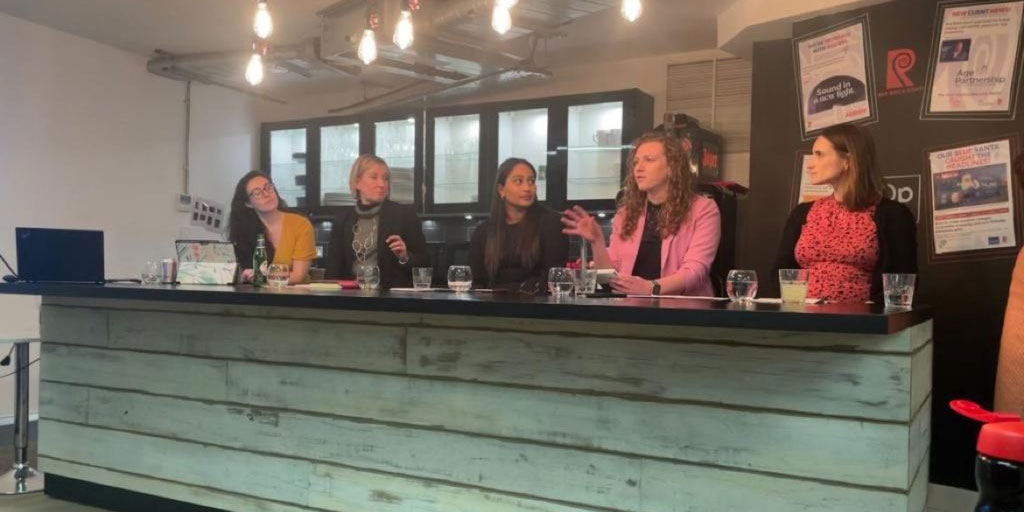
Last week I was delighted to be invited to join the Women in Public Affairs 2022 Survey launch event. I was asked to contribute my thoughts on the results from a recruitment perspective – and there was a lot to talk about.
The survey showcased some staggering results, with the cost-of-living crisis being a huge concern for almost all (96%) of the women in the industry who responded. Employers are responding to this in one of two ways: by offering a pay rise (28%) or a one off bonus (25%). This kind of support is much more likely to be adopted by in-house employers, rather than agencies. This is a huge concern for a number of survey respondents, with a 58% of people from agency saying they will need to cut essential spending.
Given these findings it is unsurprising that 28% of respondents are seeking a promotion and 18% are currently looking for a new job all together. An additional 27% are thinking more long term and starting to look at a move in the future. This suggests that the offering employers are giving to counteract the cost of living crisis is not enough, so people are seeking new jobs elsewhere which could pay them more.
This certainly fits with how we at Ellwood Atfield are finding the market. We have felt a significant increase in the demand for public affairs and policy experts, which in turn is fuelling a perfect storm where candidates know they can demand a higher salary, and bosses are desperate to replace someone who has already moved on. As a result, we have seen organisations doing what they can to retain their current workforce, including:
- Pay rises – something which is strongly evidenced from the WiPA survey
- Counter offers – once rarely heard of, but now becoming the norm
- Notice periods being extended – with high numbers of people moving on, employers are needing more than one month to replace members of staff
Another key takeaway from the 2022 Survey is on the topic of the public display of salaries. This has taken a huge backwards step from 2021, where 59% of adverts had salaries displayed, but this has dropped to less than half (48%). Not displaying salaries doesn’t only reduce transparency around pay, but it also significantly reduces the pool of candidates who will apply for the job. It is proven that women, members of the LGBTQ+ community, and people from ethnic minorities are significantly less likely to apply for a job with no salary advertised. It is something which is easy and free for all hiring managers to do.
In regard to salary transparency, the lack of adverts showing salaries, and with only 27% of organisations publishing salary bandings, it is no surprise that 32% of respondents think their pay differs from men and women at their level in the company. This will feed into people considering a move as people want to know their salary potential and want to be fairly rewarded for their work.
This detailed survey highlights a number of key areas for the industry to address in order to support women and retain talented people in their team. It was brilliant to see that there were record numbers of respondents to the survey this year, and encouraging to see a number of men who joined the event on Thursday to support women in the industry. With more data, and male respondents to compare data to, this will massively help support people and recruitment in the sector.
Congratulations to all at WiPA and Opinium who were part of the creation of this survey and thank you for inviting me to join the panel.


